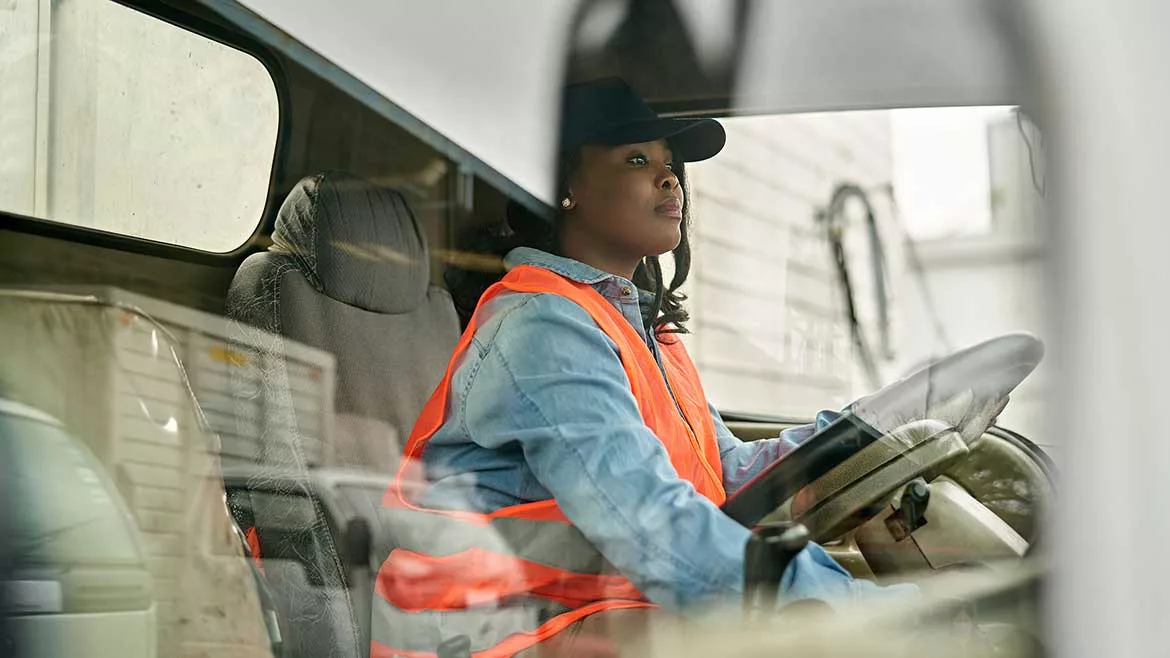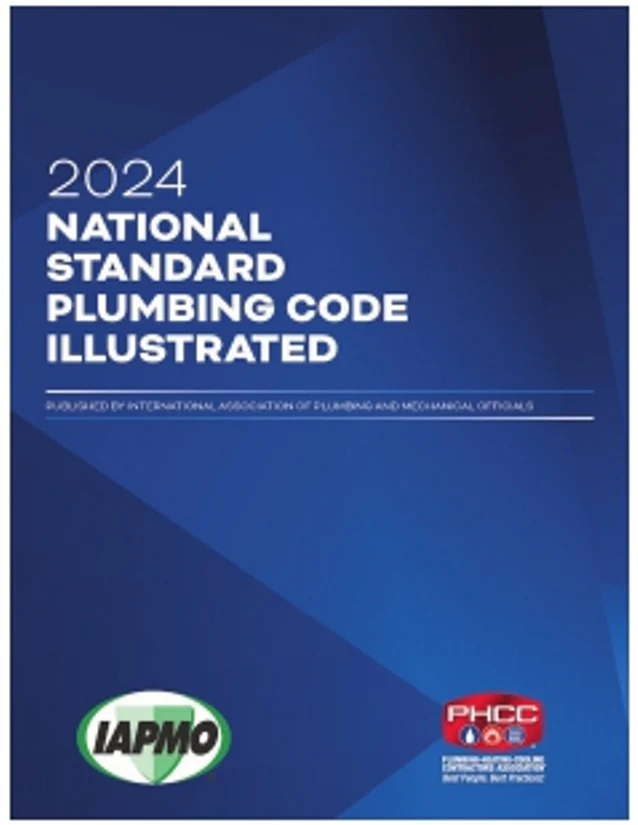Editorial Opinion | Nicole Krawcke
Driver’s training for the trades
Plumbing and HVAC contractors are implementing driver’s training into in-house training programs.

Photos courtesy of xavierarnau/E+/Getty Images
When I was 14 and 9 months old, I enrolled in driver’s training — which was the exact age limit required to start the course in my home state of Michigan. At 16 years old exactly, I was in Secretary of State getting my license. I couldn’t wait for the independence of driving on my own. Now, on the other hand, my 23-year-old cousin just got her driver’s license last year. She’s part of a larger trend among Gen Z in the age of ride shares where getting a license isn’t as big of a deal as it used to be.
According to the Bureau of Transportation Statistics, in 1997, 43% of 16-year-olds and 62% of 17-year-olds had driver’s licenses. In 2020, those numbers dropped to 25% and 45%, respectively.
You wouldn’t think this matters to the home service contracting industry, but it does. Particularly when it comes to insurance carriers. Contractors have a hard enough time recruiting young people into the industry. But when they do, many of them put recruits through in-house training programs for plumbers and HVAC technicians. Upon completion, they get their own trucks, which could lead to problems driving a huge vehicle carrying a large payload when the driver hasn’t had much experience on the road.
This is leading many contractors with in-house training programs to add a driver’s training component to their courses. Hilliard, Ohio-based Eco Plumbers, Electricians, and HVAC Technicians is one example.
“We hire such young people that are barely used to driving regular cars,” explains Kaitlyn Misch, learning and development manager for the contracting company. “We were throwing them into these big box trucks and vans, and they were extremely uncomfortable.”
Eco uses Hackney box trucks and Ford Transit vans in its fleet. Newer drivers were unable to gauge how tall the vehicles were and were very uncomfortable driving them. Eco has always incorporated driver safety training through Nexstar Network’s NextTech Academy training program, but it’s all done online, not in an actual vehicle with hands-on learning. So the company implemented a new driver’s training program earlier this year. Now, new recruits must spend six weeks in the warehouse as runners (running parts to job sites) to become acclimated to driving the vehicles. After those six weeks, they do the online work, lab work, and then the six weeks after that, they ride along with a seasoned technician, then operate their own truck 30 days after graduating.
“We have German villages and places in our service areas where you have to park on the street, so they need to learn to parallel park,” Misch says. “There’s a lot of maneuverability issues, especially when the vehicles are that big. When you’re in a Honda Civic, it’s easier to learn. We’re in a busy area. You have to do it because we have so many places where you just can’t park, especially going into downtown. It’s not like you can just pull into someone’s driveway and say, ‘I’m here!’
“We try to listen to our people and that’s the only reason we added it in — it’s about listening to your people and finding out what they’re uncomfortable with,” she adds.
Contractors aren’t the only ones taking notice of this growing problem in the trades. Interplay Learning, a provider of immersive training solutions for the skilled trades, recently launched a new driving safety training designed to equip employees with the necessary skills to be safe and secure while driving on the job.
“Contractors and employers are concerned about vehicle accidents and how they affect employee safety and financial implications for the company,” says Ken Midgett, plumbing market director for Interplay Learning. “Contractors are not as worried about their employees causing accidents, rather, being involved due to circumstances not within their control. Said another way, contractors have witnessed a higher risk of employee safety from their employees getting to and from a job safely than from injuries on a given job site. The EAB membership also pointed out there is a need for this type of training.”
Interplay Learning solicited feedback from its customers, industry trends, and its EAB membership to determine the topics for the courses, which include distracted driving, controlling speed, aggressive driving, towing a trailer, pre-trip vehicle inspection, hazardous driving conditions and vehicle incident response.
“Our customers will be safer as they have the advantage of training to help drivers do what they can to control and mitigate vehicle accidents,” Midgett says. “Safety as a whole is baked and woven into all of our curriculum. At Interplay Learning, we feel safety should be a normal step in doing a given procedure we are training the learner for.”
How is your company handling inexperienced drivers? Maybe now is the time to re-evaluate your processes and procedures to implement further training behind the wheel?
Looking for a reprint of this article?
From high-res PDFs to custom plaques, order your copy today!










